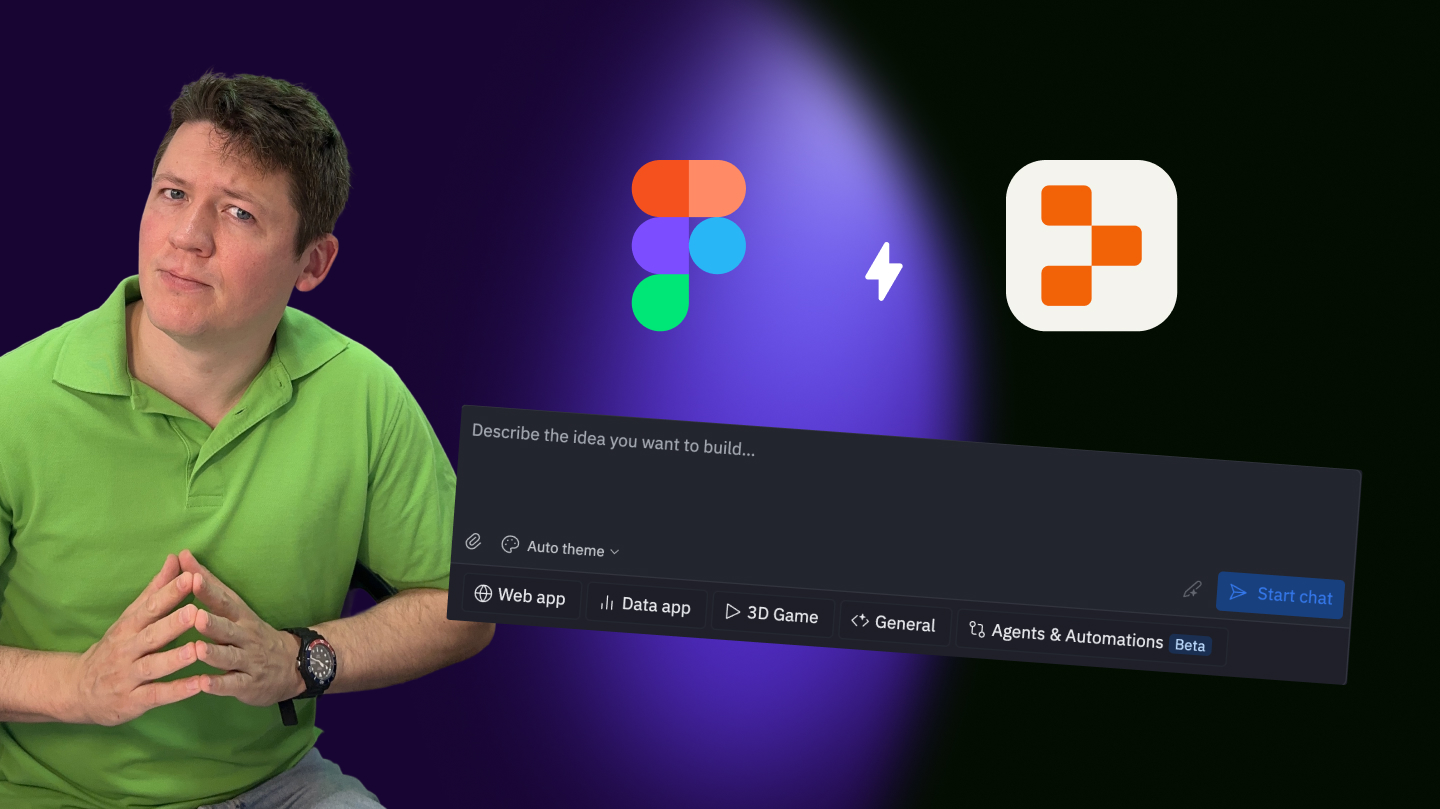Improving user experience is vital for any online platform's long-term success. Web Vitals offer a way for business owners, marketers, or developers to gauge their website's performance and find areas to make it better.
Web Vitals
The Web Vitals Initiative, guided by Google, aims to provide a unified set of standards for the quality measures essential for a good user experience on the internet.
Over time, Google has introduced several tools for measuring and reporting performance. While some developers are skilled at using these tools, others may find it challenging to navigate the many tools and metrics.
Website owners don't need to be performance experts to assess the quality of service they provide to their users. The Web Vitals Initiative's goal is to simplify this situation and allow you to focus on the main Core Web Vitals metrics.
Largest Contentful Paint (LCP)
The LCP (Largest Contentful Paint) metric measures how fast the biggest image or text block that appears on the screen starts to show up once the page begins loading.
To ensure a great user experience, websites should aim for content to start rendering within 2.5 seconds or less. To make sure most users have this experience, it's recommended to use the 75th percentile of page loads, separately for mobile and desktop devices, as the benchmark.

First Input Delay (FID)
FID (First Input Delay) assesses how long it takes from the moment a user first interacts with a page, like clicking a link, a button, or using a custom JavaScript-based control, until the browser can start responding to signals generated by event handlers due to this interaction.
For an excellent user experience, websites should work on reducing the delay before the first interaction with content to 100 milliseconds or less. To make sure most users have this experience, it's recommended to use the 75th percentile of page loads, separately for mobile and desktop devices, as the reference point.

Cumulative Layout Shift (CLS)
CLS (Cumulative Layout Shift) is a metric that measures the maximum allowed layout movement estimates for any unexpected layout shifts that occur while a page is loading.
To provide a great user experience, websites should aim to keep the CLS score below 0.1. To ensure this goal is achieved for most users, it's advisable to use the 75th percentile of page loads, categorized for both mobile and desktop devices, as the standard.

The suggested benchmark for the metrics mentioned above is the 75th percentile of page loads, categorized for both mobile and desktop devices.
Analytics tools should consider a page's Core Web Vitals as good if all three of the metrics meet the 75th percentile criteria.







